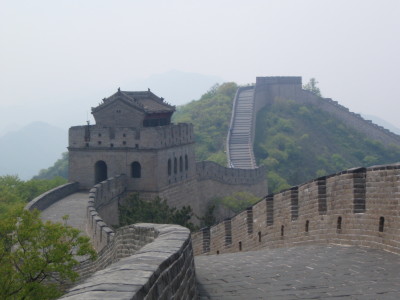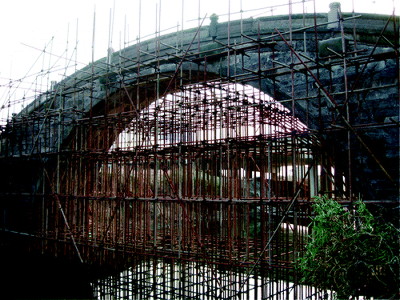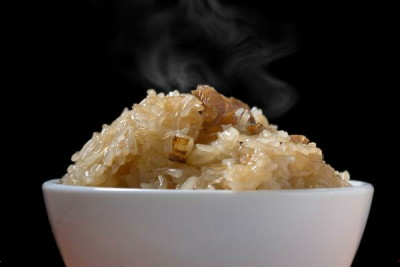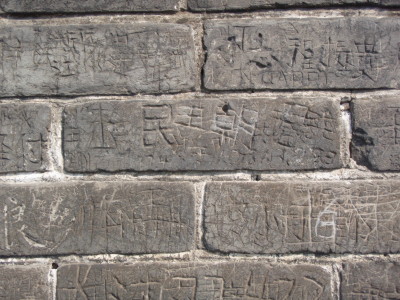The secret of the strength of the Great Wall, mortar with glutinous rice that supports the tradition of 4000 years of China

Great Wall, The secret of the strength of the numerous remaining masonry historical buildings in China was used as a building material to fill the gap between stone and stoneGlutinous riceIncluding specialmortarIt is said to be in. Experts say that there will not be building materials that will surpass this mortar even in the repair of historic buildings.
Details are as below.Revealing the ancient Chinese secret of sticky rice mortar
Study of Sticky Rice - Lime Mortar Technology for the Restoration of Historical Masonry Construction - Accounts of Chemical Research (ACS Publications)
When restoring historic buildings, it is essential to replenish mortar to be used as joint material for masonry, but depending on the composition of mortar at restoration work do not fulfill the purpose of reinforcement or further damage the building It also leads to. Therefore, it is very important to deeply understand the mortar technology at the time of construction and to create appropriate replenishment materials in order to protect cultural heritage.
A state of repair work of Ishibashi.

Zhejiang UniversityProfessor Bingjian Zhang of the Department of Physical Chemistry, etc, offered a sample of mortar taken from an old buildingIodine starch testChemical methods such asDifferential scanning calorimetry,X-ray diffraction measurement,Scanning electron microscopeWe analyzed with a measurement method such as. As a result, these old mortars are special inorganic-organic composite materials, and inorganicCalcium carbonateAnd the organic componentAmylopectinIt turned out to be composed of.
Amylopectin is a ingredient that produces peculiar stickiness in glutinous rice, while 80% of the starch of glutinous rice (eating rice) is contained, while 100% of the starch of glutinous rice is amylopectin. Professor Zhang and others think that this mortar was produced by mixing rice soup (itch) in lime mortar in China about 1,500 years ago.
It is delicious glutinous rice to eat, but it has been used for a long time in JapanStarch type adhesiveIt seems that it has been widely used as an industrial material as well.

Looking at the mortar in the world, in Europe, as a joint material for masonry, single material lime mortar began to be used around 2450 BC. Thereafter, there is a history of seeking a stronger mortar and mankind mixed various materials into mortar and tried and errored repeatedly. In ancient RomeTuff(Volcanic ash) · Hydraulic mortar mixed with pozzolan (siliceous mixed material reacting with calcium hydroxide to make insoluble compound) such as potted crushed powder · pottery, etc. spread from Europe to West Asia .
However, due to the absence of natural resources such as tuff, the hydraulic mortar technology did not develop in ancient China. Instead, mortar with glutinous rice that was born in China is probably the world's first mortar of inorganic-organic composite material. Mortar with glutinous rice has been widely used for various important buildings, from tombs and walls to reservoirs, supporting the urban planning of ancient China.
Great Wall Joint. Is there also used mortar with glutinous rice here?

Professor Zhang et al. Tested lime mortar mixed glutinous rice with various ratios in order to reproduce the mortar with glutinous rice at that time and use it for restoration of historic buildings. As a result, it was found that the addition of amylopectin derived from glutinous rice markedly improves the physical properties, mechanical strength and compatibility (stability when mixed with other substances) of mortar. It was also revealed that amylopectin acts as an inhibitor of calcium carbonate crystallization in mortar. As the growth of calcium carbonate crystals is controlled, it becomes a structure in which small crystals are dense, which is considered to have produced excellent performance of mortar with glutinous rice.
Related Posts:
in Science, Posted by darkhorse_log







